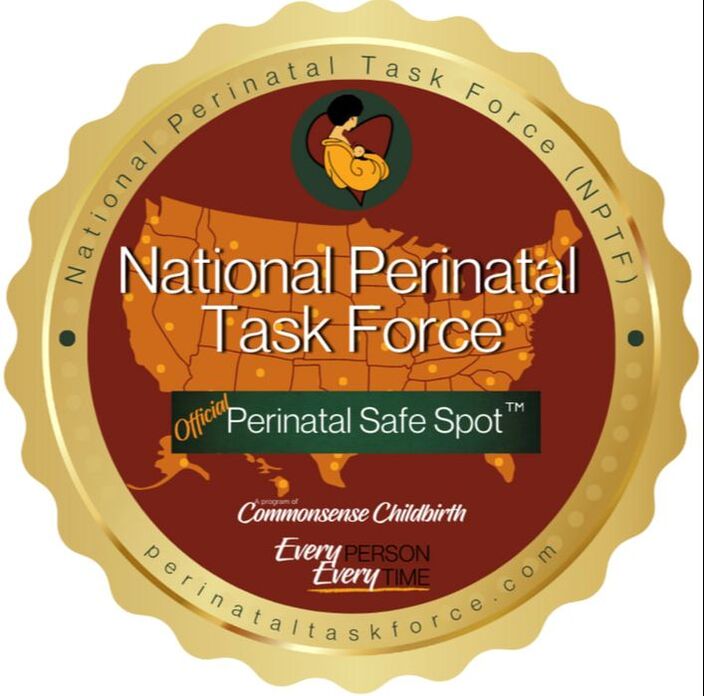|
3/27/2017
Why I Chose Cloth Diapers
THEY ARE CUTE.The variety of prints and solid colors available is thrilling! Cloth diapers are the simplest accessory -a baby fashion item if you will- yet justifiable in cost because diapers are necessary. Shopping for our cloth diaper stash was fun. I selected prints with turtles, trees, bears, feathers, and my favorite solid colors; a refreshing change from the standard truck and dog options which dominate boys’ clothing. I even found camouflage diapers to make changing time fun for Daddy. Many days, my son wore only a diaper, because the print was so cute I just couldn’t cover it with pants. THEY ARE EASY TO USE AND WASH.Reusable diapers use Velcro tabs or snaps, not the intimidating safety pins of the past. If you can put clothes or a disposable diaper on a child, you have the skills to use cloth diapers. Washing is also simple- dirty diapers are just really dirty laundry. There are varied wash cycles depending on your specific washer or style of diapers, but basically, care consists of one pre-rinse (or express wash) and one heavy duty cycle. Soiled diapers are typically tossed in a laundry basket or trash bin with a washable liner until wash time. An old pillowcase can serve as a washable liner. There is some new lingo and terms to learn as you discover the different styles and options available in cloth diapering. THEY ARE COMFORTABLE.Cloth diapers are soft. They are fluffy. Their extra padding provides cushioning for little falls. Unlike disposables, cloth diapers don’t smell like chemicals or bleach. When using cloth diapers, baby’s sensitive skin experiences less rash and has fewer allergic reactions than when exposed to disposable diapers. I choose the velvety bamboo/cotton blend for my son because I that is what I would prefer against my own skin. THEY RESULT IN ECONOMIC SAVINGS.The cost of a modest stash of diapers is $100 to $500. Price varies by brand and style. Cloth diapers can be used for siblings or resold when the final little one has learned to use the toilet. Bloggers and budget-conscious parents have calculated the expense of cloth diapering, including detergent and washing-water cost; compared to average usage of brand name, disposable diapers per day, the total savings is thousands of dollars over the diapering stage. (3 and 4). THEY IMPACT HEALTH.Many parents choose cloth because they are free of the carcinogenic and hormone-disrupting chemicals present in many disposable diapers. Parents report less diaper rash and fewer allergic sensitivity reactions with cloth diapers. Also, the breathability of cloth reduces yeast infections, UTIs and thrush. THEY ARE CONVENIENT.For me, it was REALLY nice to never need an emergency trip to the store because I was running low on diapers. A clean, fresh diaper was only a load of laundry away. I didn’t have to put on real pants or strap the car seat-hating baby to do the laundry. My cloth diapers stored easily; I didn’t have space to hoard boxes or bags of disposable diapers. I was also attracted to the reliability of cloth diapers in containing blowouts; I didn’t have to stress about massive poop explosions. THEY IMPACT MY GRANDBABIES.They impact my grandbabies. Even though my son is only two, cloth diapers may have a positive impact on his ability to become a father. The breathable fibers in cloth diapers allow more airflow than disposables, which help in heat regulation. Though the impact of temperature increase on the developing testes is unknown, it is speculated that there may be effect on fertility, later. The wide use of disposable diapering has been hypothesized to be a factor in the decline in adult male sperm count. (1) THEY IMPACT MY GREAT-GREAT-GREAT-GREAT-GREAT GRANDBABIES.They impact my great-great-great-great-great grandchildren. The environmental impact of disposable diapers was not one of the top motivating factors which influenced my choice to cloth diaper. I started because they are cute. Since then, I’ve learned the disturbing fact that research estimates disposable diapers take 200 to 500 years to breakdown. This means that every dirty diaper sent to the land fill will still be sitting there taking up space many generations from now. I can appreciate after the fact, I was taking care of my future great great grand children with every diaper change. I was shocked by the images representing the waste pile a single baby typically generates. Disposable diapers generate about 50% of household waste and are the third largest consumer item in landfills. Owning and using just a single cloth diaper daily for 1.5 years saves nearly 550 diapers from the landfill. There is also a savings in the water, wood, and oil used for manufacturing disposables. (2) I hope this list gives you at least one reason to learn more about cloth diapers. I think you’ll be pleasantly surprised at the ease of cloth diapering. To learn more, join a Facebook group, ask that mom you see at the park, do some internet research, or contact a doula to learn more!
(1) http://adc.bmj.com/content/83/4/364
(2) Link, Ann. Disposable nappies: a case study in waste prevention. April 2003. Women's Environmental Network. http://andthenwesaved.com/cloth-diapers-save-money/ http://manvsdebt.com/cloth-diapers/ |
|
Contact Us662.255.8283
|
LocationWe are located at 1800 West Main St. Tupelo, MS
|
Follow Us on FacebookEmail Me
|


 RSS Feed
RSS Feed
